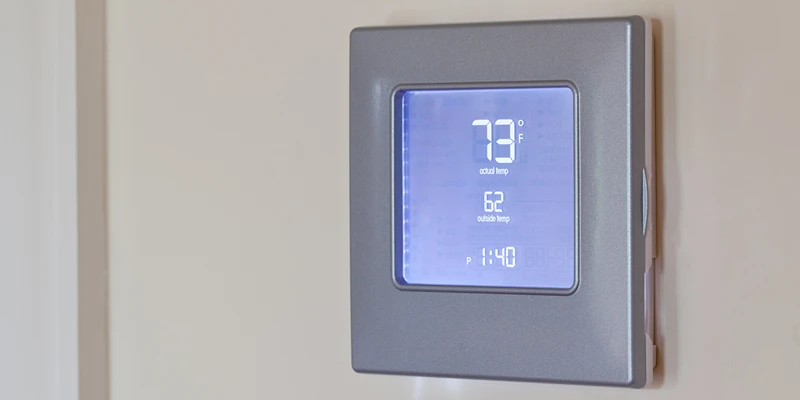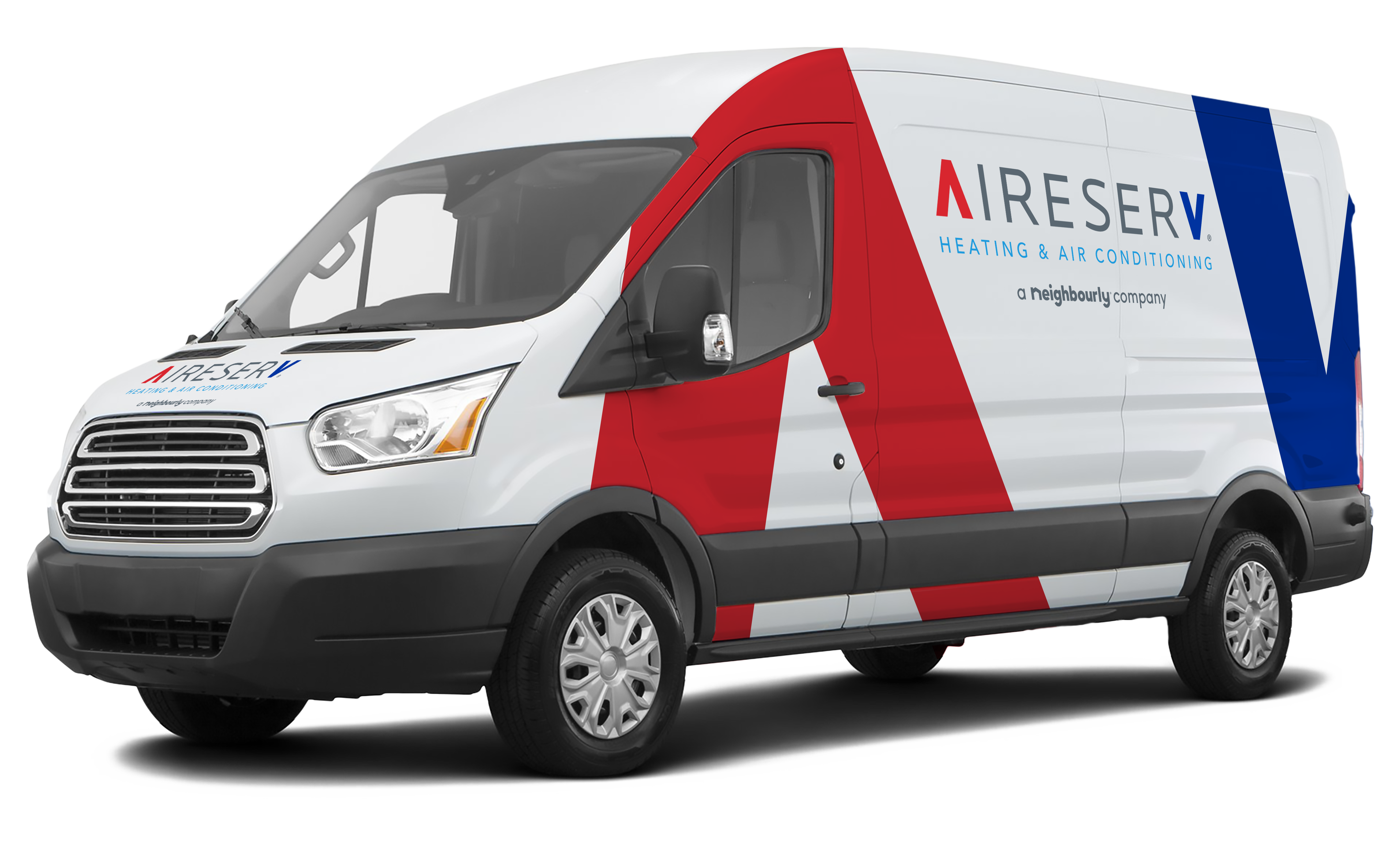
If you’re looking to maximize comfort and efficiency in your home, the best place to start is with your thermostat. Heating and cooling account for as much as half of your utility bills, so making smart choices can significantly reduce your monthly expenses. Here’s a look at the ideal house temperature in different seasons and the variables that affect the precise settings you choose.
What is a Good House Temperature for Comfort and Efficiency?
In the summer, the recommended thermostat setting is 78 degrees F. In the winter, 68 degrees is recommended for energy savings. However, these temperatures aren’t perfect for every situation. Here are the challenges that face homeowners who want to find the ideal house temperature:
- Humidity: Winter air is naturally dry. That can cause you to feel cold as a result of the air moisture evaporating from your skin more quickly. Then, high humidity in the summer creates a muggy feeling that encourages you to run the air conditioner more, wasting energy.
- Home size, layout, and orientation: Since south-facing offices often get more sun throughout the day, you may have to set the room temperature lower than the recommended 78 degrees in order to stay comfortable. Keep in mind that this may make any rooms on the other side of the home (that share that thermostat zone) cooler.
- Home occupancy and time of day: 68 degrees in the winter and 78 degrees in the summer may be perfectly comfortable while you’re at home, but it seems like a waste to heat and cool a vacant house when everyone is at work or school all day.
- Age and health: Temperature preferences can also vary by age. Older and younger people often prefer warmer temperatures, as do those in poor health.
How to Keep Your Home Comfortable for Less
The easy answer when you’re uncomfortable is to change the thermostat setting. However, try these other methods first to help you warm up in the winter or cool off in the summer without increasing your energy bills:
- Control humidity: Running a whole-house humidifier in the winter may allow you to set the temperature back a degree or two without feeling uncomfortable. In the summer, running exhaust fans in the kitchen, bathroom, laundry room, and elsewhere helps keep humidity down, so you avoid that “cold but clammy” feeling.
- Install a zoning system: Zoning is a method of Heating and cooling sections of your house at a time. It helps achieve a more even temperature in each room by combating fluctuations caused by sun exposure, interior heat gain, and other factors.
- Upgrade to a programmable thermostat: You can save energy without sacrificing comfort by installing a programmable thermostat. This allows you to program temperature setbacks while you’re away or sleeping and resume a comfortable setting by the time you return home or wake up. We recommend setting the thermostat back to between 82 and 85 degrees in the summer and 60 degrees in the winter.
- Dress for the season: Put on a sweater and long pants in the winter, and don shorts and a tank top in the summer before you adjust the thermostat.
- Use your window coverings to your advantage: On hot summer days, shut the curtains to keep the sun out, and in the winter, open them wide to enjoy free Heating.
Let Aire Serv® Help You Achieve the Ideal House Temperature
When you want to be comfortable, but you also hope to save energy, turn to Aire Serv for help. We provide valuable HVAC services to keep your Heating and cooling equipment in top operating condition. Our technicians can assist you with everything from minor heater repairs to major AC installations. We also offer indoor air quality services and thermostat installation. We can help you save even more by offering personalized tips for setting your thermostat.
To learn more, or to schedule HVAC services near you, please contact Aire Serv today!

